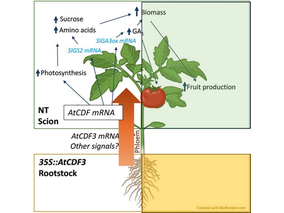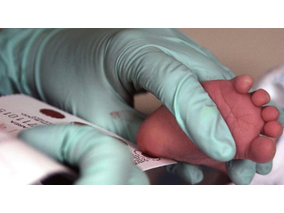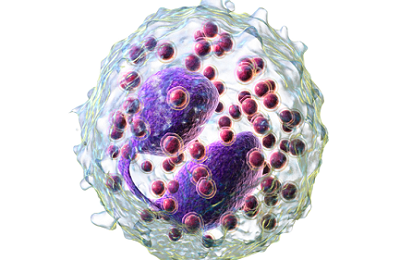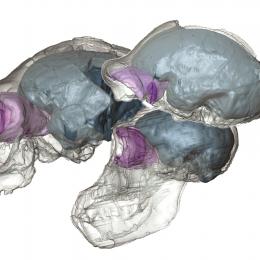The evolution of the frontal cortex in hominids always has represented a crucial issue in anthropology, because of the association between these brain areas and relevant cognitive functions such as language or decision-making.
Emiliano Bruner, paleoneurologist at the CENIEH, has now published one more article on this topic, in collaboration with Amélie Beaudet from the Department of Anatomy of the University of Pretoria, South Africa.
This study, published in the French journal Comptes Redus Palevol, concerns frontal lobe form in three African fossils, representatives of archaic species of the human genus and dated between 600.000 years and 1.4 million years: OH9 and Buia (Homo ergaster/erectus) and Bodo (Homo heidelbergensis).
The study is based on surface analysis and computed techniques. Cerebral casts were digitally reconstructed in the three specimens, and compared with modern human anatomy. Results suggest that our frontal lobes are taller when compared with the most ancient fossil (OH9), and dorsally wider when compared with the other ones (Buia and Bodo).
The study employed virtual models and biomedical imaging, and shows that the curvature of the frontal lobes may depend upon the position of the eye. In chimpanzees the eyes stand in front of the brain, and the frontal lobes are flattened, while in Homo sapiens the eye are positioned under the frontal lobes, which are curved and bulging.
The three fossils display an intermediate situation. The two neuroanatomists suggest therefore that morphological evolution of the frontal lobes in the human genus may be also driven by spatial constraints between skull and brain, and not only by specific evolutionary changes of the brain cortex.

El equipo de investigadores observó cambios en el...

El gen AtCDF3 promueve una mayor producción de az...

Un estudio con datos de los últimos 35 años, ind...

En nuestro post hablamos sobre este interesante tipo de célula del si...

Un estudio publicado en la revista Pediatric Neurology aporta una mejo...
Portal de biotecnología en España
¡Suscríbase a nuestro newsletter para estar al día con las últimas noticias y ofertas!
2013 © Biotech-Spain.com - Site Developments SL. Todos los derechos reservados. Terminos y Condiciones | Política de Privacidad
Articles
Directory
